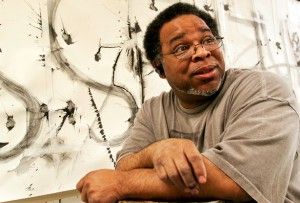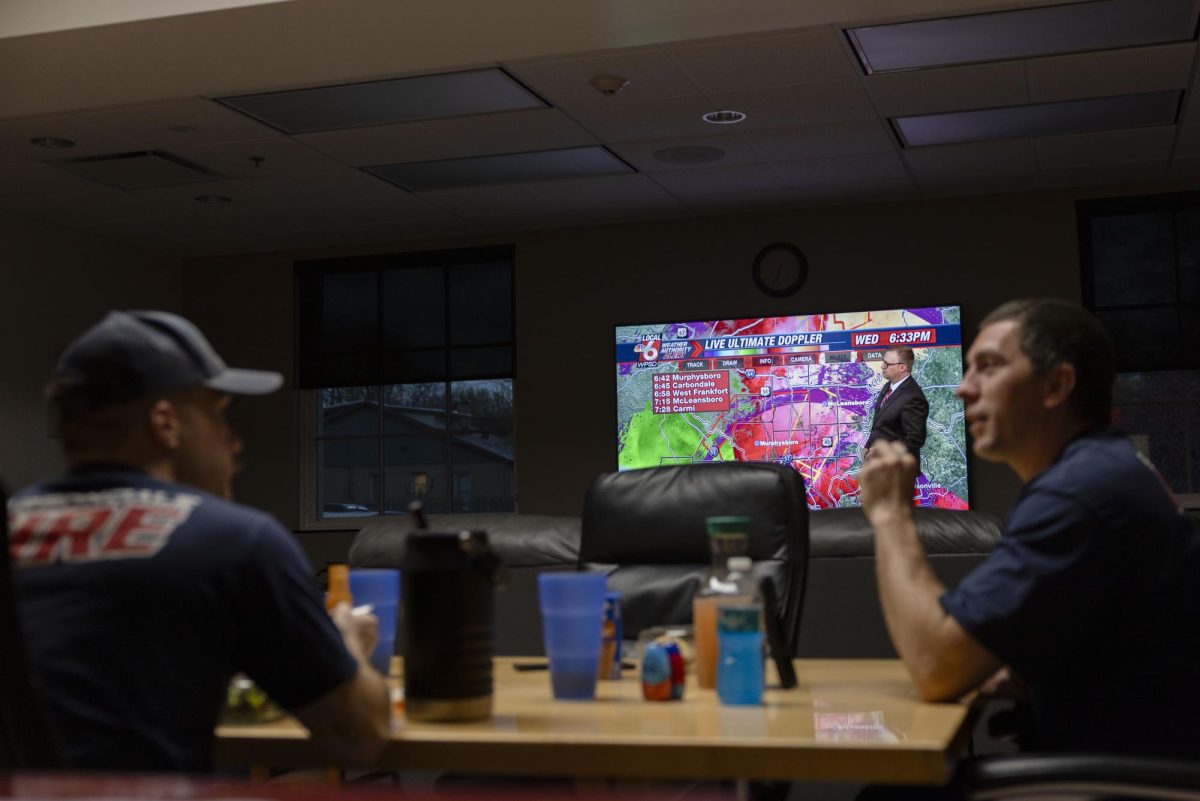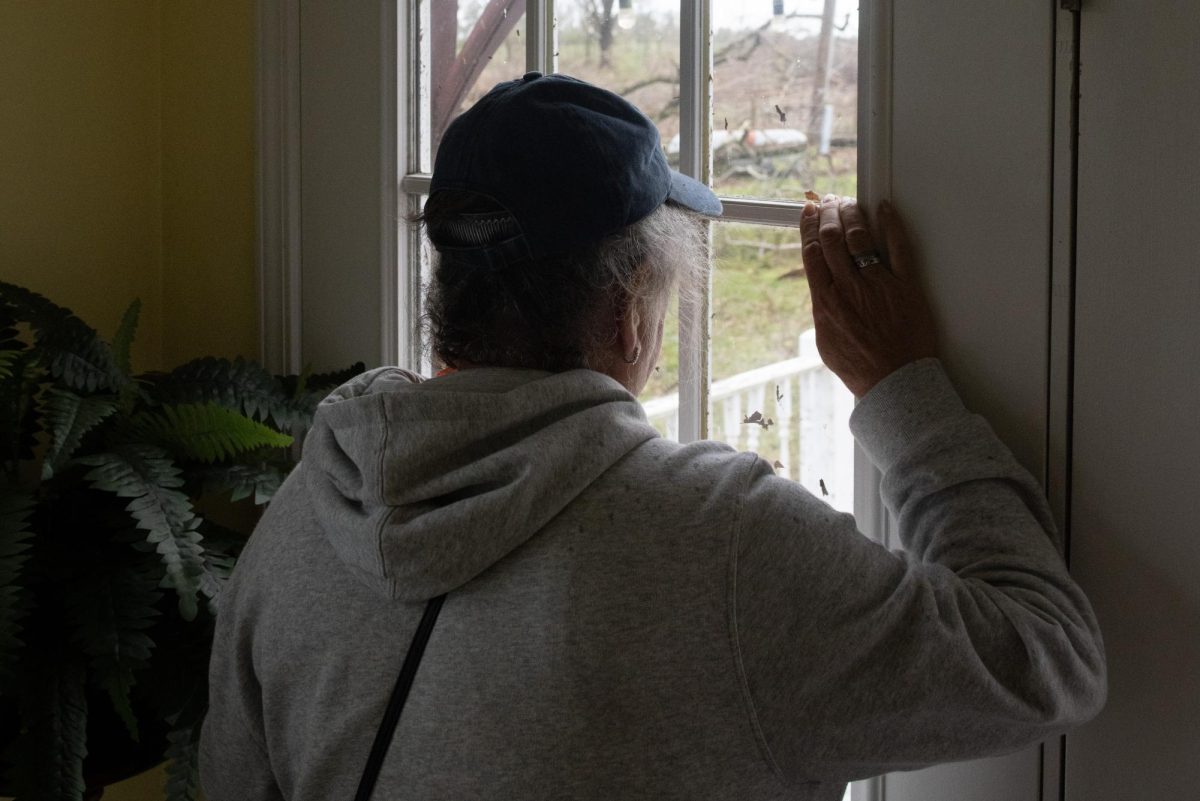Local artists weigh job options

January 22, 2012
For artists, finding a job in the academic field may provide an otherwise elusive steady income, but that paycheck could come with some costs of its own.
“At the beginning, I felt a lot of pressure,” said Najjar Abdul-Musawwir, associate professor and head of undergraduate studies in the School of Art and Design.
Advertisement
Artists who choose to go into the academy take on extra responsibilities, such as teaching, research and service projects, the latter of which there is increasing pressure to do, Musawwir said. He said that as head of undergraduate studies he also took on administrative responsibilities.
Musawwir said between the various commitments that come with his professorship, he has to work on his art from 6 p.m. to 3 a.m. most nights.
“I get it in when I can get it in,” he said.
Assistant professor of art Barbara Bickel said she spent 12 years on her own after getting her bachelor’s in art, making a living as an artist and running a non-profit gallery.
Now that she works at the university, Bickel said she doesn’t have to worry about how she’s going to pay the rent anymore, and while she doesn’t regret the decision, she misses some things about her old life.
“Even though I didn’t have a lot of money, it was kind of idyllic,” she said.
Working within the academy means a more complex life, working in a hierarchy and getting used to university politics, she said.
Advertisement*
Because of the entrenchment of various schools, interdisciplinary collaborations can also be difficult to pull together, she said.
However, Beckel said since she’s gone back to school, she’s pushed herself as an artist and expanded what she does, augmenting her 2D art with audio, video and performances.
Musawwir said while being a professor comes with a host of extra work, he’s as passionate about teaching as he is producing art.
He said he has been attracted to the educational side of his vocation since he attended school because he felt he wasn’t given a good education. He said he has the opportunity to change that as a professor.
Musawwir said although he could probably easily make it as an independent artist, his livelihood would most likely be tied up with the university nonetheless, as he would still give lectures and do shows at schools.
An artist outside of the academy doesn’t really need to worry about finances if he or she achieves success and is able to easily sell pieces for thousands of dollars, he said. For those who don’t become big names, they can make a living off of residencies, art fairs and going into business, he said.
That’s how SIU alumna Karen Fiorino has made money off of her pottery for the last 13 years.
Fiorino sells her ceramic work through her business, Clay Lick Creek Pottery, via her shop in Makanda, the Internet and by doing shows.
She said she actually has a master’s degree in zoology, but took art classes in college and decided to do what she loved for a living. She said she never considered going back to college for art or pursuing an academic career.
“I like being my own boss,” she said.
Fiorino said she makes enough money with her art that she would be able to support herself if she didn’t have dependents.
She said she never really asked anyone else what they thought about her decision to eschew a career in zoology and focus on her art.
“I knew it would be hard, but I liked the idea I could do what I wanted … and I knew I could succeed,” Fiorino said.
She said while an academic job would afford a sense of security and benefits such as insurance, a ready-made studio and prestige, she thinks young artists should consider their circumstances and go with whatever route they want to, including making it on their own.
Elycia Ceci, a 2010 SIU graduate, quit her job in September to pursue her ceramic art full time.
She sells her work online and at seven stores across the country, and while she doesn’t make as much as someone working a 40-hour-a-week job, it’s enough to support herself, and she doesn’t mind living a frugal lifestyle, she said.
Ceci said she’s considered going back to graduate school to pursue a teaching career, but that would be at least five years down the road. For now, she wants to find more boutiques to sell her work and focus on art without the interference of another job.
“I thought it was about time I used what I learned,” she said.
Advertisement








